公開日 2020年06月12日
更新日 2020年06月26日
A Story of Rice Cultivation
This series follows an English teacher Bethany Johnson (Canada) living in and exploring the countryside of Sanagochi.
Rice is Life
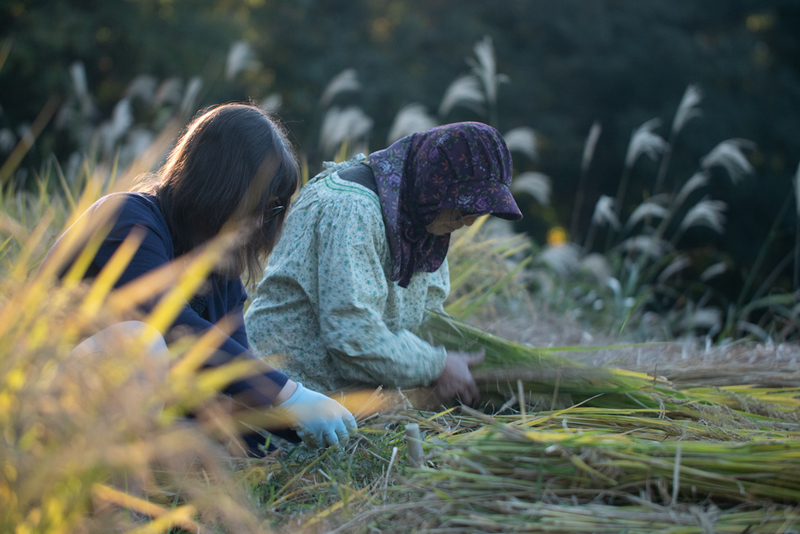
In Japan, even the scenery bends to accommodate this vitally important crop. Many of the rice fields in Sanagochi are tanada; tiered rice-fields set into the side of the mountain like a series of steps. For centuries past, the people of Tokushima have put to good use every inch of land available to them, even places high up in the mountains that are difficult to access. With the help of my friend, Reiko Matsunaga, I had the opportunity to visit her family’s rice field, located in one such perilous spot.
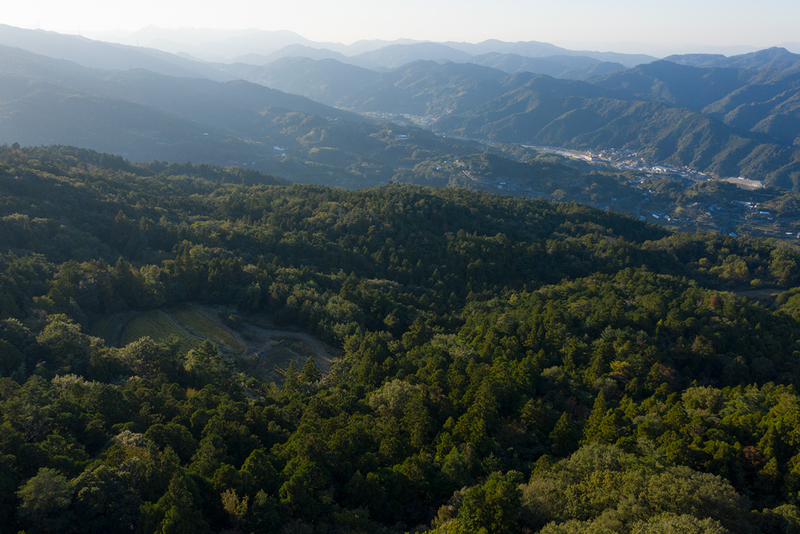
There, Reiko offered to show me the process of rice planting. We began in June, high up in the mountains…
Planting
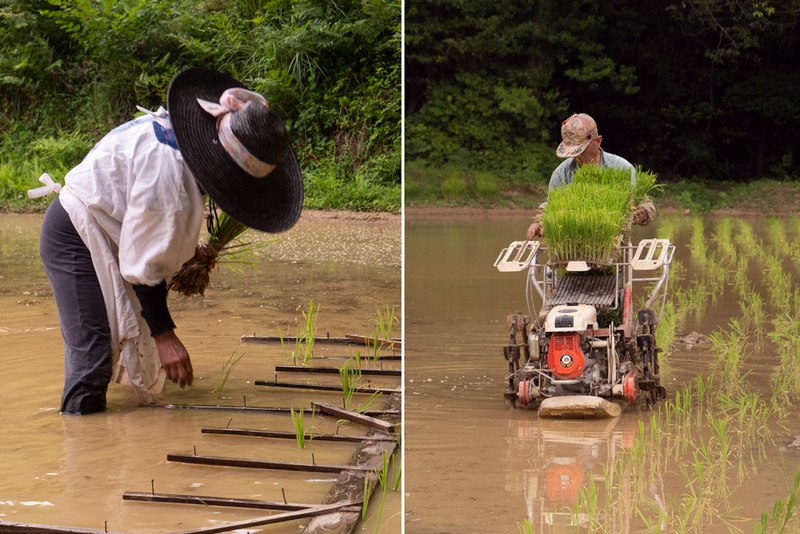
First, we planted each individual bushel of rice by hand, directly into the water. This water is fed down the mountain via pipe, from the purest source imaginable. The water source can be reached in twenty minutes by car, up a rugged, narrow path. While planting, Reiko showed us how to use a wooden frame to space the crops. This is the old-fashioned way of doing it; nowadays, many rice farmers use machines instead. Although it’s tiring work to do for a long period of time, she set herself to it happily, singing as she worked.
Maintenance
The young crops need continual maintenance, so Reiko’s husband visits this spot often. In addition to clearing weeds and overgrown vegetation, it’s also important to protect the rice fields from wild animals by using electric fences.
Harvest and drying
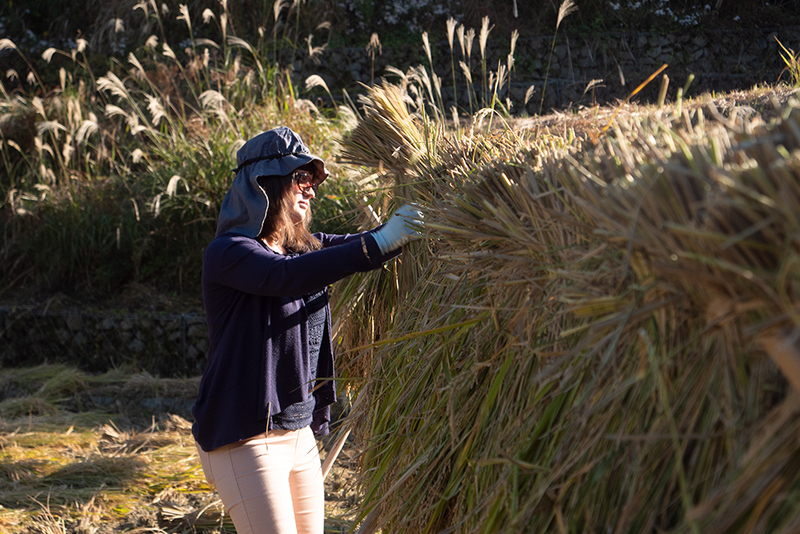
Our next step came in November, after weathering a torrid summer. We harvested the rice stalks and tied them together in bundles. Many people use machines to quicken the drying process, but this time, we used the traditional method of hanging the stalks on a wooden frame. The drying takes two weeks, weather permitting. It’s said this is better than using a machine, because the longer time period causes the rice starch to swell, and improves the flavour.
Threshing
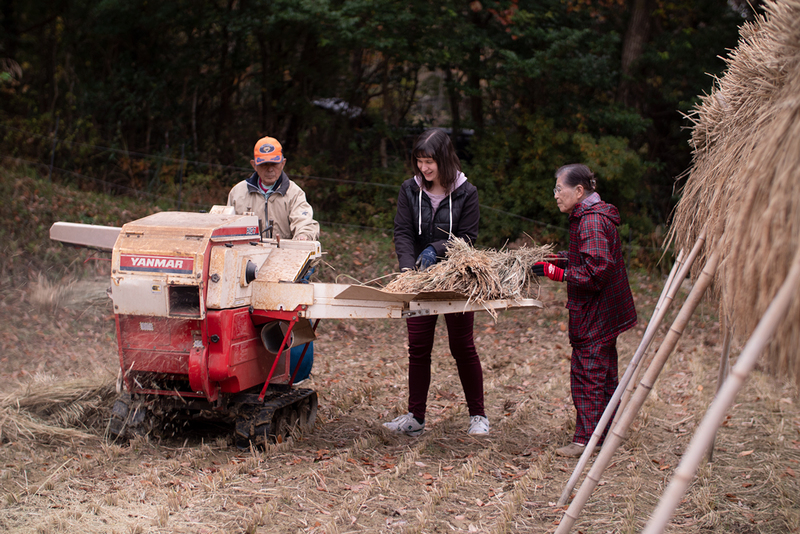
Next came the threshing in December. We removed the stalks and put them through a machine to separate the rice grains from the stiff, dried crop. Using a machine is much easier than separating them by hand, like they used to!
Husking
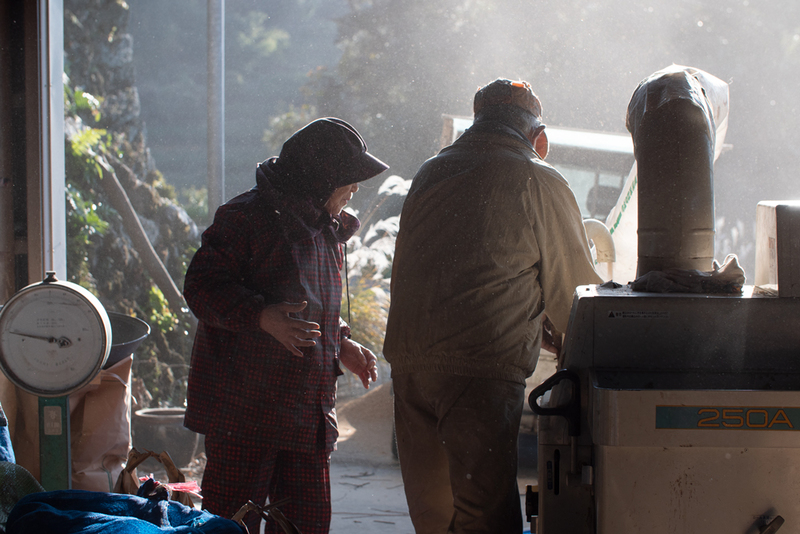
The rice is then put through a sifting machine to remove the husks and make brown rice, which can be stored for a long time. The husks are taken back to the fields and used to fertilize and prepare the soil for a new season.
Mochi
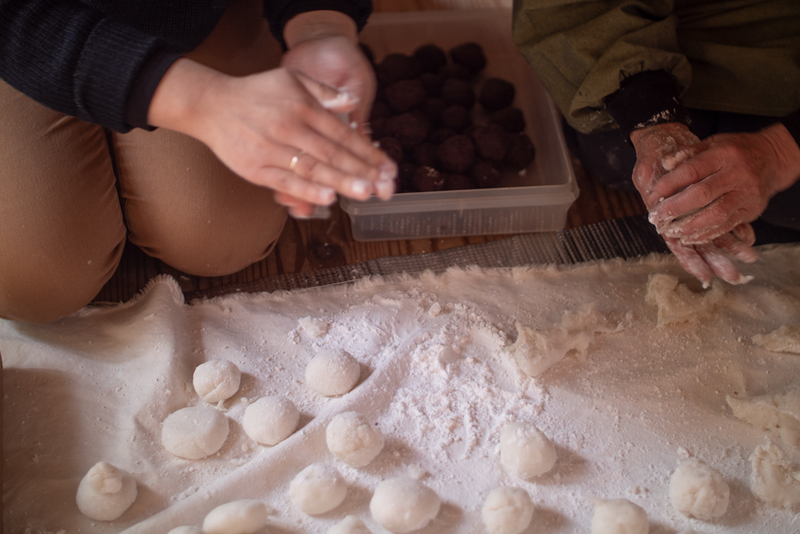
Reiko also grows a type of white rice called mochi rice. This grain is prime for making rice cakes, which are a vital part of Japan’s New Year’s culture. True to the season, we celebrated the harvest by making mochi ourselves.
Preserving Tradition
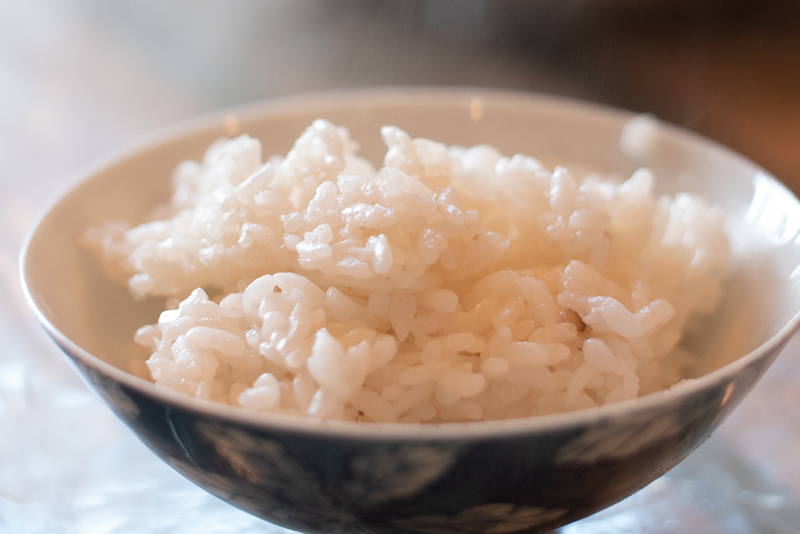
In recent times, the population of the countryside is decreasing, and more and more people are leaving for the cities to find work. So the population of rice farmers is decreasing, too. Rice is not only a staple of Japanese cuisine, but it’s culturally and historically important, as well. Reiko’s fields have been in her family for generations, so she understands the importance of upholding tradition and protecting these incredible fields.
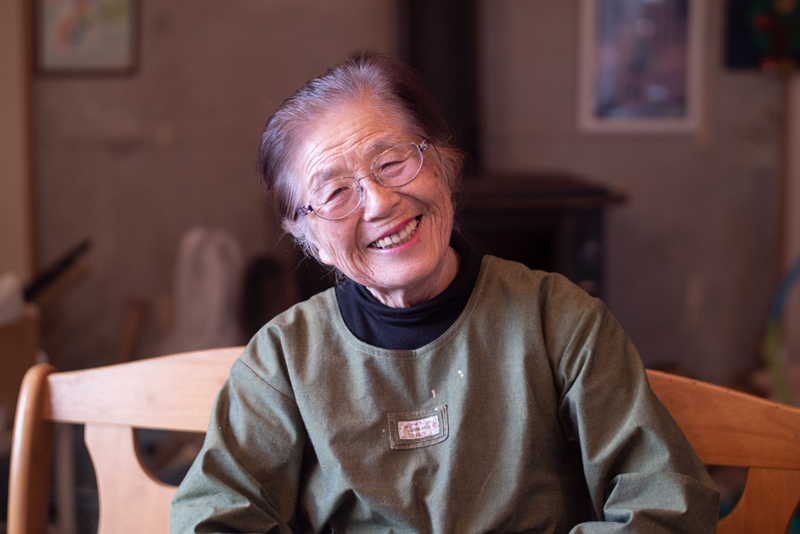
Reiko Matsunaga

